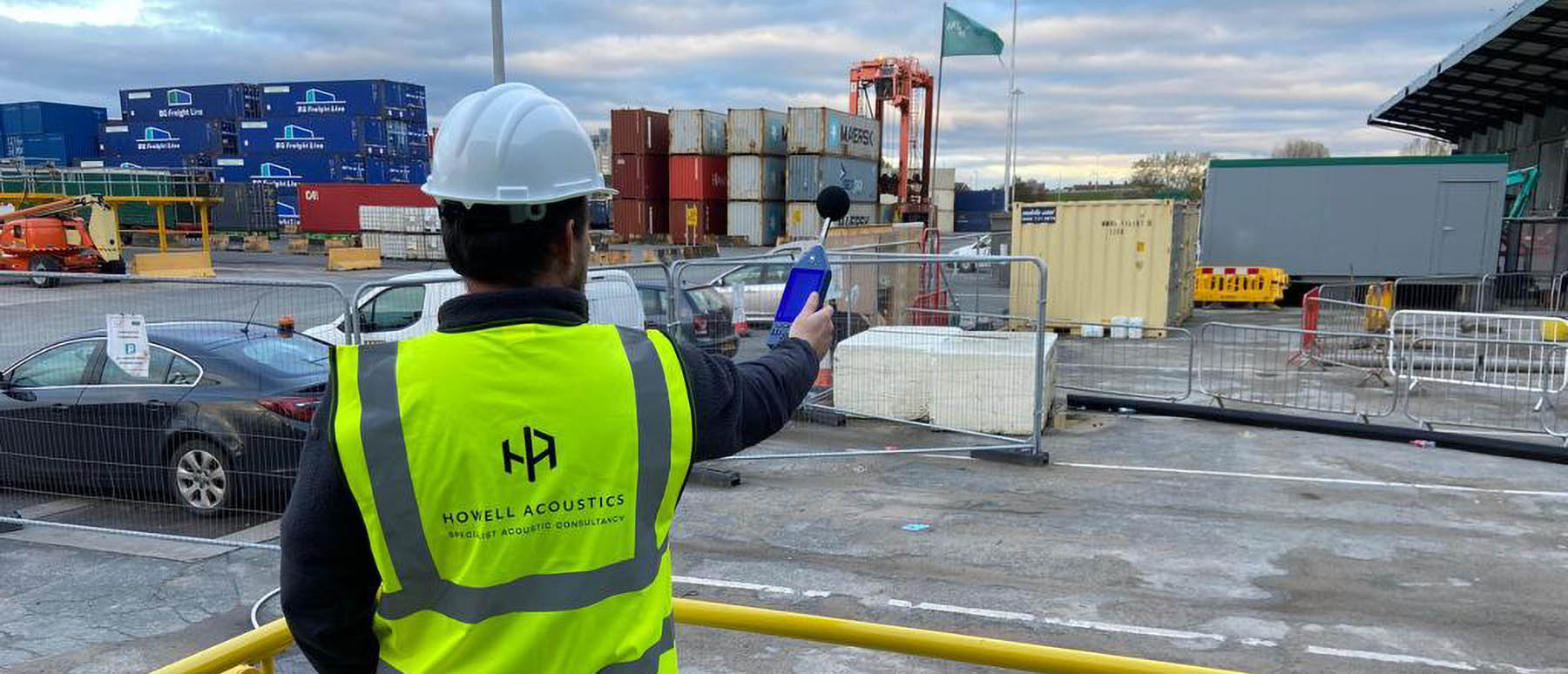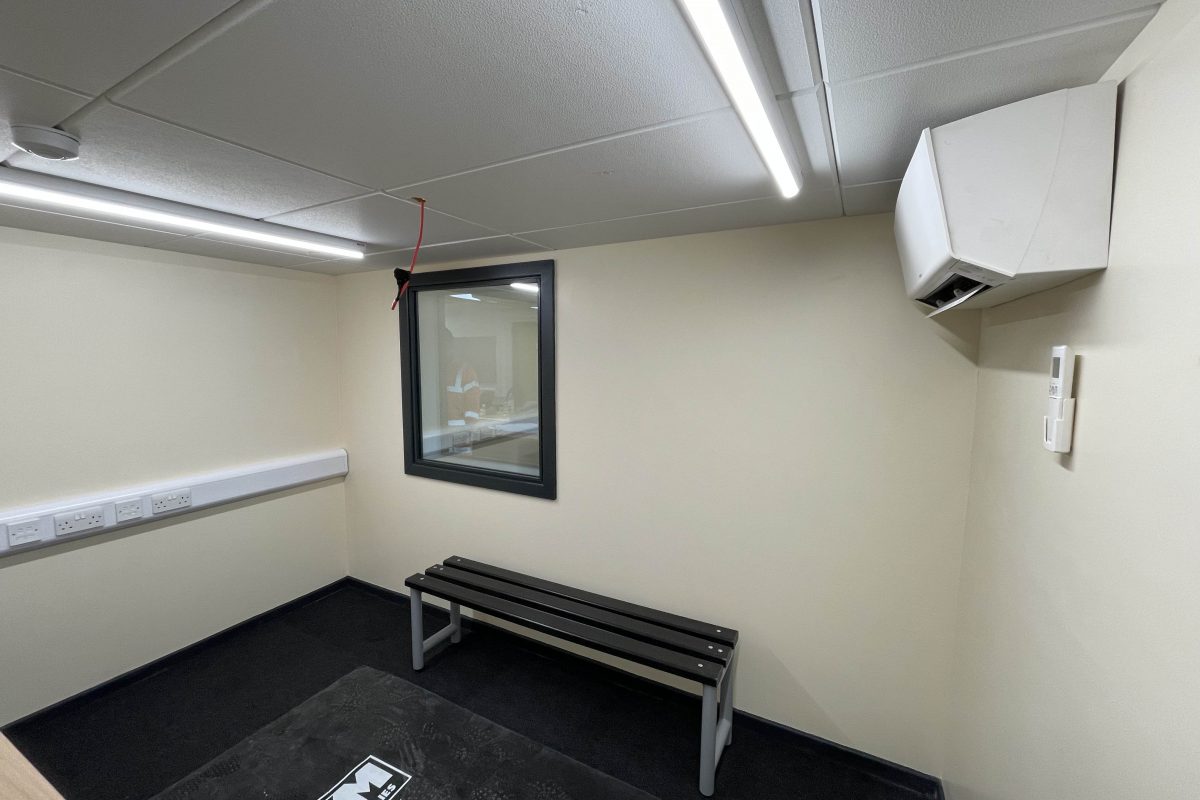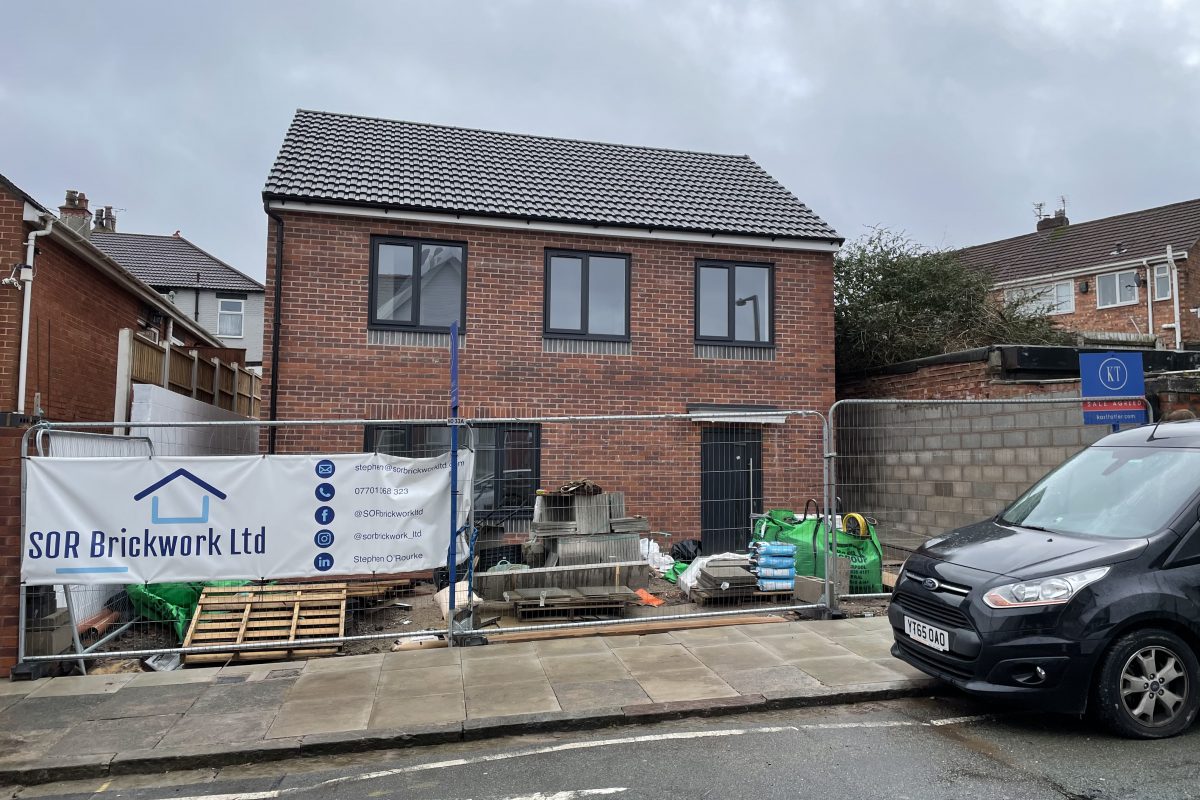The introduction of a new noise source into an area is likely to result in changes to the background noise level of the area, and consequently impact on the quality of the environment. Similarly, the introduction of a noise sensitive development near to an existing noise source will lead to an equivalent deterioration in amenity.
Hence, noise is one of the major factors to be considered within the planning process of all developments. For many planning applications a noise impact assessment will be required as part of the application or alternatively a planning conditions might have been imposed that requires a noise survey to be conducted to ensure the new development ‘fits’ into the surrounding environmental situation.
Common situations requiring noise surveys, for example:
- New Housing Developments, requiring a noise survey to assess if the current noise exposure of the site is suitable for residential use. Typical noise sources that may affect the potential sites include; rail traffic, road traffic and industrial noise. A scheme of noise control for the external façade of the residential dwellings may be required to ensure that internal noise levels do not exceed recommended levels stated within BS8233:2014 for example.
- Pubs, clubs, bars and restaurants. Introducing these into areas will change the noise climate of the local area. Noise surveys need to be carried out to see if these developments can be introduced without affecting the local area adversely. Noise control measures may need to be introduced, to make the development possible.
- New air conditioning units and air source heat pumps. Many commercial premises and increasing numbers of residential homes are introducing these mechanical services. The location of the air conditioning units or air source heat pumps around properties can be critical to the noise impact these units have on the surrounding area. Noise surveys should be carried out prior to installation, to assess the likelihood of complaints. Surveys may highlight that noise control measures are essential for their installation. BS4142:2014 is commonly referred to as the noise assessment methodology and criteria for these surveys.
Common reference standards and guidance documentation:
ProPG – Planning and Noise 2017.
The document provides “professional practice guidance on planning and noise” for new residential development. The document was developed by a working group consisting of representatives from the Institute of Acoustics, the Association of Noise Consultants and the Chartered Institute for environmental health.
Acoustics Ventilation and Overheating Residential Design Guide (AVO Guide)
It recommends an approach to acoustic assessments for new residential development that take due regard of the interdependence of provisions for acoustics, ventilation, and overheating.
A classic example is when the method to mitigate overheating is by cross-ventilation requiring the windows of a residential property are to be opened. However, if externally there is a busy road, opening the windows causes the noise levels to exceed the required internal noise limits. The resident is left with a problem choice, do I have an overheated space or excess noise internally. The AVO guide aims to remove this problem choice, by good design considering the different interdependent issues, acoustics, ventilation and overheating.
BS4142:2014 Method for rating and assessing industrial and commercial sound.
The standard is commonly used to assess:
– noise from industry
– noise from manufacturing processes
– noise from air source heat pumps
– noise from mechanical ventilation
BS4142 2014, assesses the impact of the noise source on the nearest noise sensitive receiver. With ratings from sever adverse impact to low impact depending on context.
BS8233:2014 Guidance on sound insulation and noise reduction for buildings.
A wide ranging acoustics document covering many areas of acoustics in buildings. The document discusses:
- Measuring equipment and accuracy
- Planning and design
- External Noise Sources
- Specific types of building.
- Sound Insulation in a building
- Noise from Building Services
- One very common use of BS8233:2014 is section 7.3 which details the criteria for internal noise levels in dwellings for daytime (07:00 to 23:00) and Night (23:00 to 07:00).
BREEAM Acoustic Assessments
Pollution 5 – Reduction of noise pollution
The aim of this section in BREEAM is to reduce the likelihood of noise arising from fixed installations on the new development affecting nearby noise-sensitive buildings. One credit is available after a noise survey demonstrating compliance with the criteria. Please note all surveys must be carried out by a suitably qualified acoustic consultant.
Quotations
Please contact us to discuss your planning and noise requirements. We will be able to provide you with a competitive quotation.







